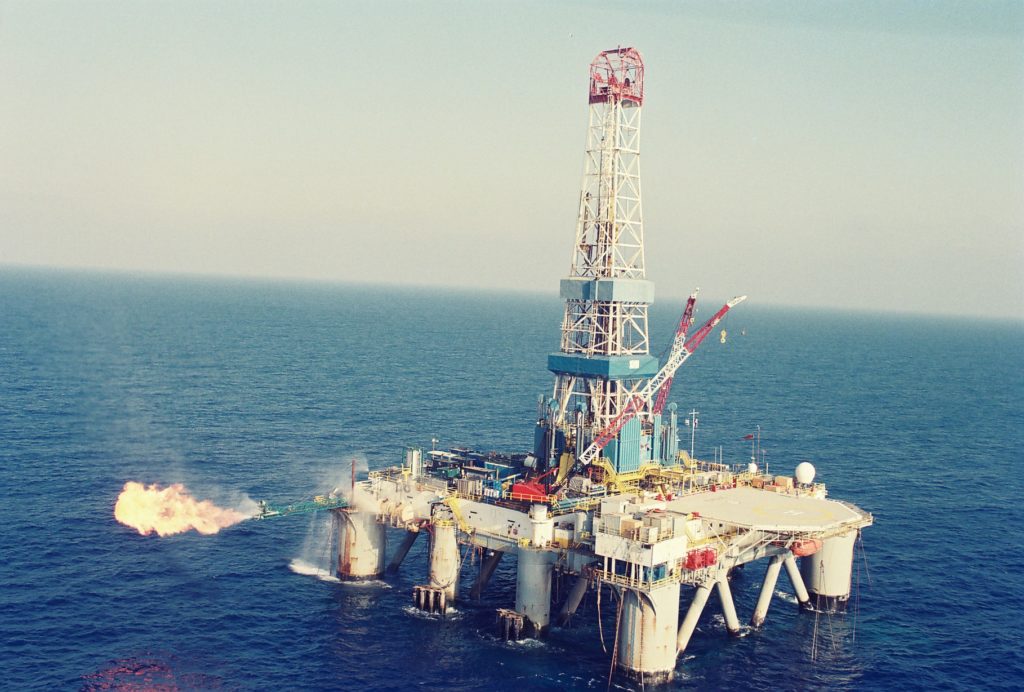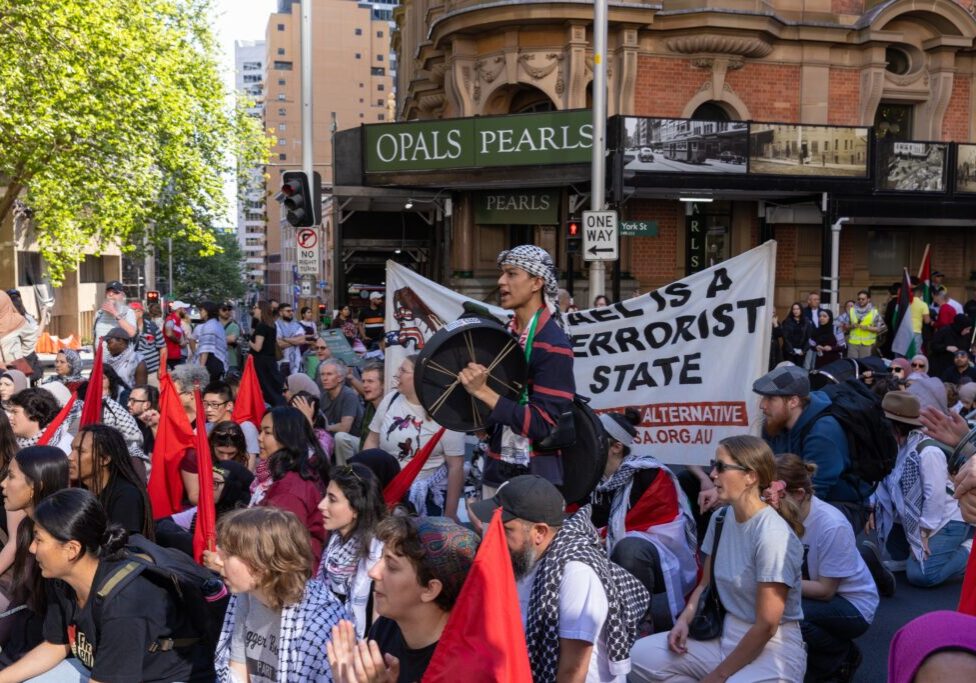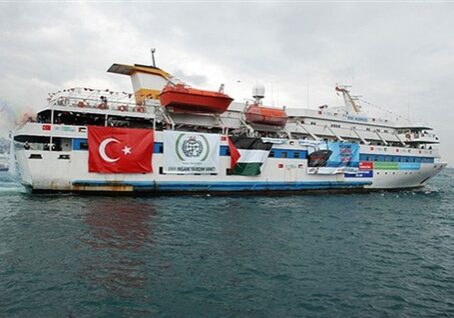Australia/Israel Review
Behind the News – March 2021
Mar 9, 2021 | AIJAC staff

Rocket and Terror Report
No rockets have been fired from Gaza into Israel since Jan. 19.
A Palestinian attempted to stab an IDF soldier on Jan. 31 near Gush Etzion junction in the West Bank, but was shot and killed. On Feb. 5, a Palestinian drove onto a Jewish farm near Ramallah yelling “Allahu Akbar” and trying to break into a home. He was also shot and killed.
On Jan. 29, a bomb exploded outside the Israeli Embassy in New Delhi, causing no casualties. According to Indian counter-terrorism officials, as well as Israeli diplomats, Iran is considered the primary suspect in the attack.
Israeli security agencies announced on Feb. 15 that they had disrupted attempts by Hamas in Turkey to fund operatives in the West Bank via front companies, seizing more than $US100,000 in cash and goods.
Qatar brokers deal to send Israeli gas to Gaza
A soon-to-be finalised agreement that aims to end Gaza’s chronic electricity shortage by piping in Israeli gas was announced by Qatari envoy Mohammad al-Emadi on Feb. 14. Converting Gaza’s single power plant from diesel to natural gas will also save the Palestinian Authority (PA) millions of dollars and reduce air pollution.
The deal involves a contract for the gas purchase by the PA from Israel’s Delek corporation, and another relating to the construction of the pipeline into Gaza. The EU is expected to fund the pipeline’s installation from the power station to the Gaza maritime border, and Qatar will fund the extension to Israeli gas rigs in the Mediterranean.
Work has reportedly already commenced and is expected to be completed in two and a half years.
Israeli strikes in Syria
The frequency and scope of alleged Israeli strikes in Syria have increased substantially since the beginning of 2021.
There was a rare daytime strike against an Iranian weapons shipment travelling from Iraq to Syria on Feb. 10, and other strikes against numerous targets in Syria on Feb. 3 and Feb. 15.
Meanwhile an opposition-aligned media outlet in Syria has claimed that Iran is using a dummy container terminal at Damascus International Airport to store weapons, particularly missiles and missile parts, using UN and DHL-marked containers, before distributing them to its proxies.
IDF preparing itself against Hezbollah
The latest annual forecast by Israel’s military intelligence included a warning that in coming months a few “fighting days” between Israel and Hezbollah, Iran’s proxy terrorist organisation in Lebanon, could escalate into a wider conflict.
Accordingly, the army conducted a massive surprise military drill dubbed “Rose of Galilee” from Feb. 14-16. IDF air, land and sea forces practised a snap response to a regional war scenario in Lebanon, Syria and Gaza, including simulating hitting more than 3,000 targets in a single day.
In response, on Feb. 16, Hezbollah’s leader Hassan Nasrallah threatened that if Israel attacked Lebanese cities, “Israel’s home front will experience things that have not happened” since the state was created. He also bizarrely accused Israel of killing “many Jews in different countries because they refused to move to Israel.”
Iran limits IAEA monitoring
The International Atomic Energy Agency (IAEA) reported in early February that radioactive uranium was detected in samples collected at two sites in Iran which had not been declared by Teheran as nuclear sites. The discoveries – most likely from sites at Marivan and Teheran – indicate illicit Iranian operations designed to produce atomic weapons. The IAEA also reported that Teheran continues to escalate its breaches of the 2015 nuclear deal by installing more cascades of advanced uranium enrichment centrifuges in various locations and feeding them with uranium hexafluoride.
Meanwhile, following a Feb. 21 snap visit to Teheran by IAEA Chief Rafael Grossi, Iran has ‘agreed’ to only partially implement for three months a law passed in its Parliament mandating that the Government curb IAEA monitoring of its nuclear program. Teheran announced on Feb. 23 that footage from IAEA surveillance cameras at nuclear sites would be withheld for three months, and then only passed on to the IAEA if sanctions had been lifted. In addition, inspections at non-declared sites would be barred.
On Feb. 1, Iran reported the launch of its newest satellite-carrying rocket “Zoljanah”, which it said was able to reach an altitude of 500 kilometres. Forbes reported that this development is seen as a big step forward “for both Iran’s space program and its effort to develop delivery vehicles for possible future nuclear warheads.”
Thinktank: Iranian-backed militias surged after JCPOA
According to research released on Feb. 11 by the Tony Blair Institute for Global Change, “the premise that Iran would moderate its commitment to creating and sponsoring militias due to the thaw in US-Iranian relations after the 2015 nuclear deal and sanctions relief for Tehran was false. The number of militias created by the IRGC [Islamic Revolutionary Guard Corps] surged after this period, and the Guard’s presence abroad peaked, with the Quds Force expanding its operations in Iraq, Syria and Yemen.”
The report added that these militia were the greatest threat to stability in the Middle East.
The thinktank has also launched an online tracker showing how the IRGC has spread its ideology around the world, undermining international security through a network of militias and soft-power organisations. It identified 194 IRGC operations in 51 countries since 1979.
Latest Israeli and Palestinian COVID-19 numbers
As of Feb. 22, there had been a total of 754,998 coronavirus cases in Israel, up from 565,629 a month earlier, with a total of 5,596 deaths, up from 4,080. By mid-February 2021, more than 3.9 million Israelis – 44% of the population – had received their first dose of the coronavirus vaccine, and 2.6 million had also received the second dose.
Four days after Israel’s vaccine rollout commenced in December, the highly contagious UK variant was detected in four cases in Israel. It now accounts for some 80% of new cases. However, on Feb. 15, the number of seriously ill COVID-19 patients in Israel dropped below 1,000. Meanwhile, a study released on Feb. 14 revealed that 75% of new Israeli cases were amongst those below age 39 – the least vaccinated group.
In the Palestinian-ruled areas of the West Bank, there had been173,635 cases by Feb. 22, up from 153,093 on Jan. 20, and 1,976 deaths. In Gaza, there had been a total of 54,460 cases as of Feb. 21, up from 48,341 as of Jan. 18.
Israel provides vaccine support to Palestinians
In early February, the Palestinian Authority (PA) administered its first coronavirus vaccines after Israel transferred 5,000 doses of the Moderna vaccine to support front-line healthcare workers. This marked the second time Israel had sent vaccines to the Palestinians, after an initial 100 doses provided to Ramallah for medical personnel.
On Feb. 17, Israel approved the transfer of 1,000 Russian-made Sputnik vaccines to the Gaza Strip. Initially the PA and Hamas accused Israel of withholding 2,000 doses, but later clarified it was 1,000 ‘two-dose sets’ of the vaccine. The doses were delivered after a two-day delay.
While some Israeli politicians had opposed facilitating vaccine transfers to Gaza, Israeli officials attributed the delay to ongoing discussions over vaccine transfer policy.
On Feb. 19, Israel agreed to inoculate 100,000 Palestinians who regularly cross into Israel to work.
Stranger than Fiction
Iran’s ideological virus
In most countries, the arrival of coronavirus vaccines is long-awaited good news. However, in Iran, the Middle Eastern country most severely affected by the virus, it is just another occasion for ideologically-driven paranoia, conspiracy theories and regime incompetence.
In January, Iranian Supreme Leader Ayatollah Khamenei announced Iran wouldn’t accept vaccines from the US or UK because they are “untrustworthy” and “it’s not unlikely they would want to contaminate other nations.”
Iran’s officials, however, still plan to import the UK-developed AstraZeneca vaccine by describing the company, jointly listed on the UK and Swedish stock exchanges, as Swedish to avoid Khamenei’s prohibition.
In the meantime, Iran will use inferior vaccines from other sources. These include Cuba, which is still trialing a vaccine, Soberna 2. Teheran is very trusting when it comes to Cuba, allowing it to carry out late-stage clinical trials on Iranian citizens.
It will also be using Russia’s Sputnik V vaccine, even though Russia has promised quantities beyond its manufacturing capacity, and is therefore exporting a diluted version, dubbed “Sputnik Light”. This is given in a single dose, and only provides limited, temporary immunity.
Meanwhile, a senior Iranian cleric, Ayatollah Abbas Tabrizian from the holy city of Qom, posted on his Telegram account on Feb. 9, “Don’t go near those who have had the COVID vaccine. They have become homosexuals.” Apparently, the Ayatollah believes that, like COVID, homosexuality is highly contagious.
This is yet another example of Iran’s barbaric attitude to homosexuality. According to a 2008 British WikiLeaks document, between 4,000 and 6,000 gays and lesbians had by then been executed in Iran since 1979. A German intelligence report from last June confirmed these executions are continuing.
Tragically, it appears it is even more dangerous to be a member of the LGBTQI community in Iran than to catch coronavirus there.
Tags: Gaza, Hezbollah, IAEA, Israel, Palestinians, Syria, coronavirus






